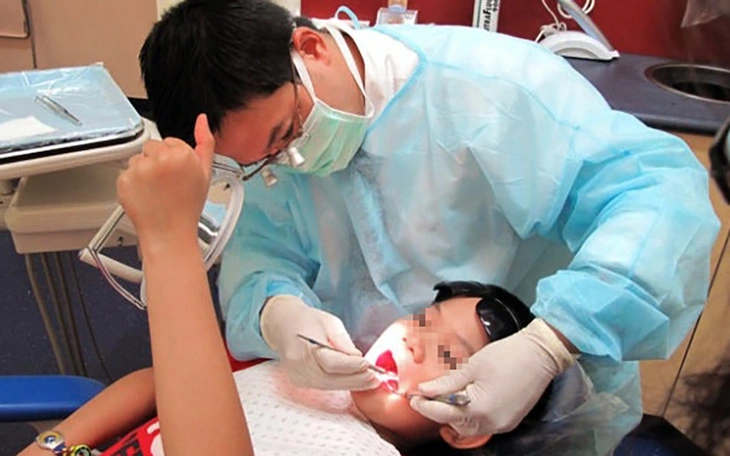
To treat children's teeth safely, dentists need to have experience and understand the psychology of children - Photo: TTD
Especially in emergency situations like a knocked out tooth.
How to treat dental trauma?
When experiencing a front tooth injury, the patient/family member needs to stay calm and assess the patient's overall condition.
Below are instructions for handling the two most common permanent incisor injuries: crown fracture (dentin enamel fracture, dentin enamel fracture exposing pulp) and tooth falling out of socket.
- Broken tooth
- Tooth falls out of socket
When a tooth is broken, the first and most important thing is to try to find the broken piece (if any). Proper preservation will help increase the ability to restore the broken tooth aesthetically and effectively.
It is best to store the broken tooth fragment in saline solution to ensure that it does not lose water. If there is no preservative solution, it can still be brought directly to the dental facility for treatment by a dentist.
At the clinic, the doctor will assess the extent of the damage and choose the appropriate treatment method. If the patient comes early, the doctor can reattach the broken tooth with specialized materials, or perform some interventions such as pulp capping, partial pulp removal before restoration.
However, if it is late (after about 1 week), the tooth may have pulpitis or infection, in which case a complete root canal treatment is often needed before restoration.
In cases where the broken piece cannot be found, the tooth can still be restored using modern methods such as cosmetic fillings with composite materials or porcelain veneers, helping to restore both function and aesthetics to the tooth.
Regardless of the severity of the injury, patients need to be monitored periodically after the injury to detect and promptly treat possible complications, such as pulp necrosis or apical periodontitis.
Natural teeth can be reimplanted if properly treated in a short period of time. The longer a tooth is left to dry out in the open, the less likely it is to recover. Ideally, the tooth should be returned to a moist environment within 30 minutes .
Once you find the tooth, gently hold the crown (do not touch the root), rinse gently with saline to remove dirt. Then, preserve the tooth in one of the following ways:
- Put in saline solution ,
- Soak in unsweetened fresh milk ,
- Hold in mouth (lower cheek position near molars) , if child is old enough and cooperative,
- It is best, if possible, to gently place the tooth back into its socket , then take it to the dentist immediately.
Relieve pain and sedate the patient. Take the patient to the nearest dental facility. At the dental facility, the doctor will re-evaluate the condition and treat:
- If the tooth is well preserved and brought in early, the dentist will clean, treat the wound and re-insert the tooth into the socket , then fix the tooth with a specialized tool for 2–4 weeks .
- If the tooth is left to dry for more than 60 minutes , the chance of success will decrease. At this point, the dentist will need to clean the tooth and perform an extracorporeal root canal treatment before replanting and fixing it.
Even if the tooth is successfully replanted, close monitoring is still needed afterward: usually at 4-8 weeks , 6 months , 1 year ... to detect early complications such as pulpitis or root resorption.
Post-injury care
- Let your child rest fully and avoid strenuous exercise immediately after injury.
- Avoid eating hard, hot or cold foods in the first few days to avoid further damage to the healing tooth area.
- Take medication exactly as directed by your doctor. Do not stop taking medication without consulting your doctor.
- In case of open wound , child needs to be vaccinated against tetanus if not enough doses according to the vaccination schedule.
- Return for a check-up on schedule so the doctor can check the healing process and promptly handle any abnormalities.
How to protect teeth when playing sports ?
Prevention is always the best way to protect children's oral health. Parents and teachers can guide and support children in taking the following measures:
- Wear a mouthguard when participating in sports with a risk of contact (football, basketball, martial arts, skateboarding...).
- Wear helmets properly when children ride bicycles, motorbikes or participate in traffic.
- Orthodontics (braces) if the child has a large bite misalignment (such as protruding front teeth) – this increases the risk of tooth fracture in an impact.
- Thorough daily oral hygiene , combined with regular dental check-ups every 6 months to detect and treat dental problems early, help keep teeth strong, and reduce the risk of injury in accidents.
Source: https://tuoitre.vn/bao-ve-rang-ra-sao-khi-choi-the-thao-hoac-gap-chan-thuong-20250813144726798.htm








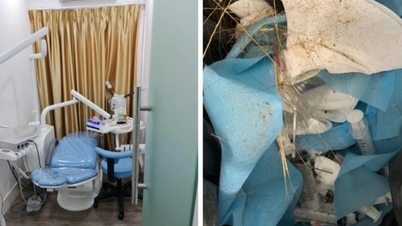






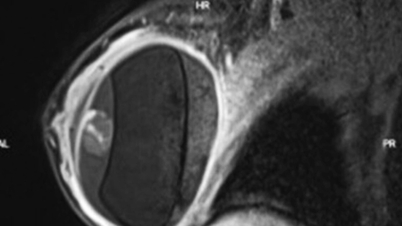






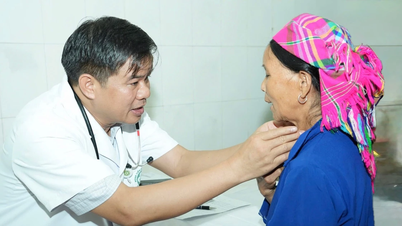

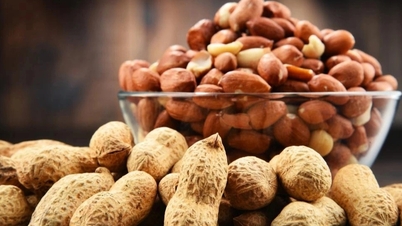




























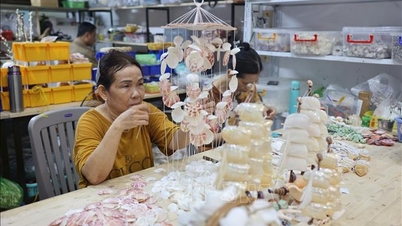





















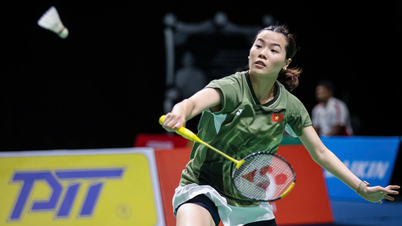
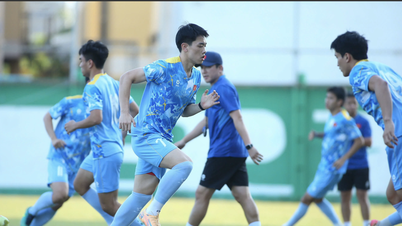













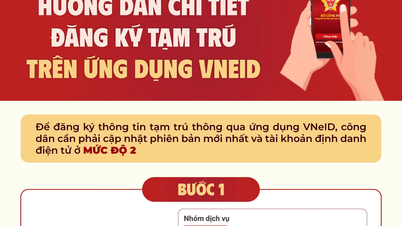
















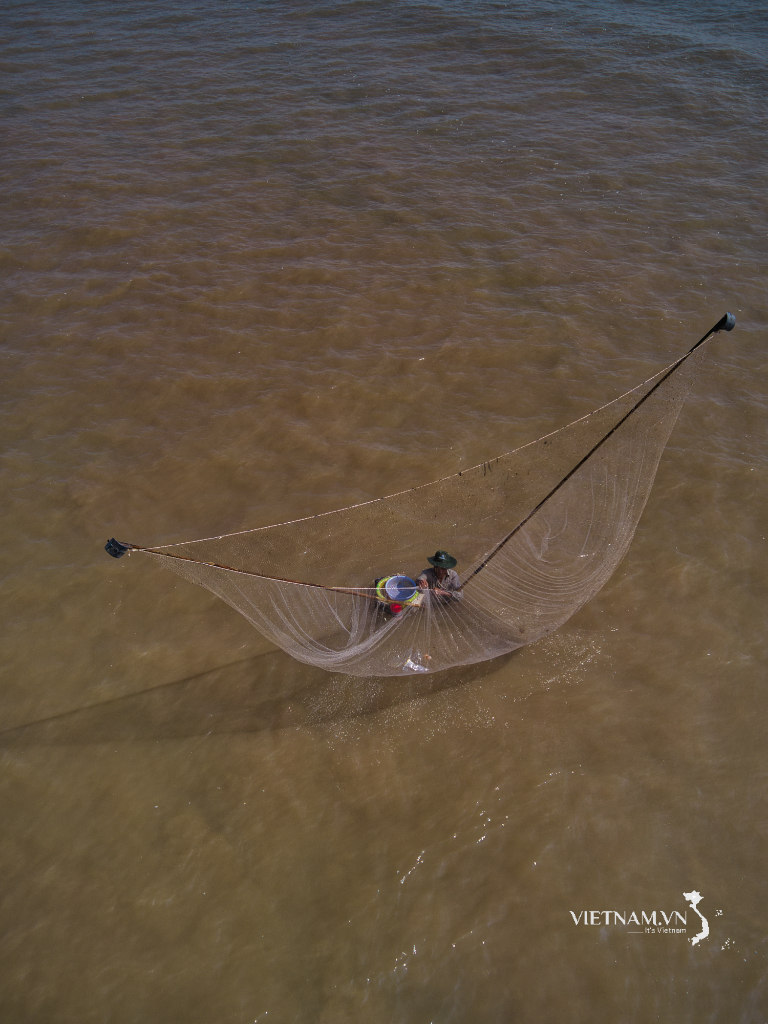





Comment (0)